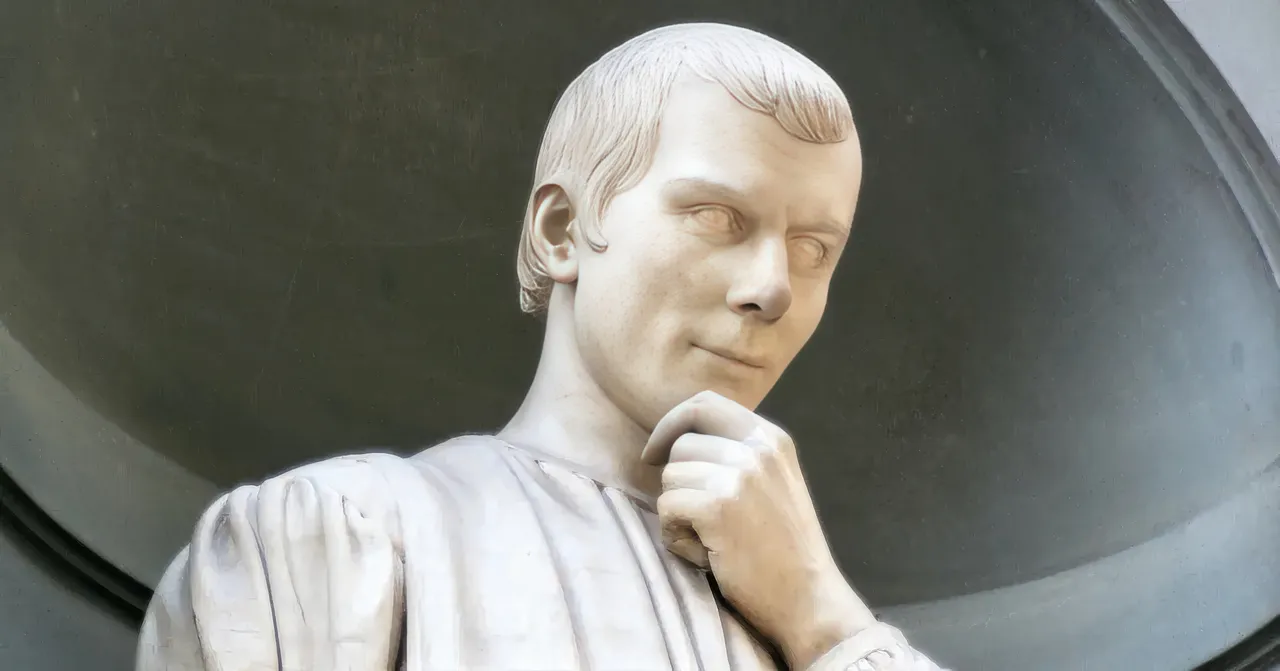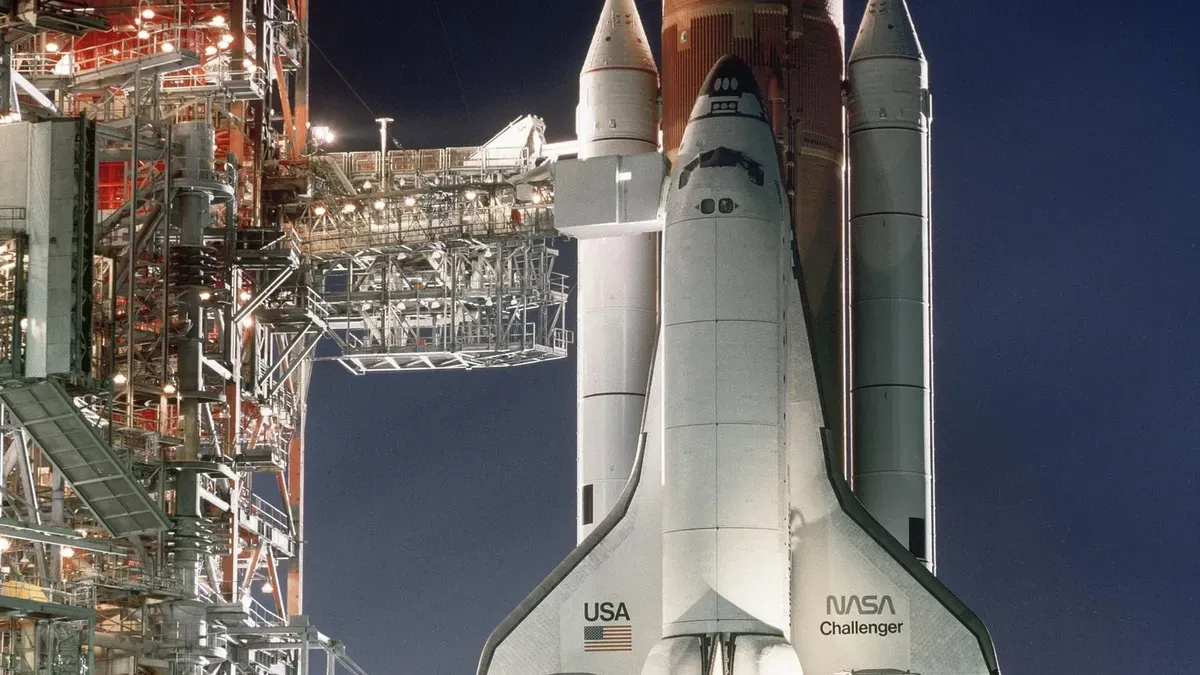Math is Never Just Numbers

Math is never just numbers. Isaac Asimov once suggested that when words fail us, we turn to mathematics to describe the inexpressible, the things that terrify us most. He was speaking through fiction, but the observation reaches further than science fiction shelves. Math, in its purest form, is a structure we invent when ordinary language collapses under pressure. We resort to symbols when sentences falter. Equations appear when our metaphors no longer hold. Yet for all its elegance, mathematics falters when it collides with the most constant and destabilizing feature of human life: change. Unlike planetary orbits or the logic of prime numbers, human transitions cannot be reduced to a neat formula. They resist tidy symbols. They defy both grammar and arithmetic.
We search anyway. Because change unsettles us, we try to pin it down. We borrow words from statistics to describe risk. We rely on the vocabulary of probability to give shape to uncertainty. We calculate costs, project growth, and assign percentages of likelihood as if resistance could be averaged out into something manageable. It rarely works. Change remains stubbornly unquantifiable. The mathematics is always approximate. The lived experience is always messier.
The Uneasy Weight of Change
Machiavelli, writing in The Prince almost five centuries ago, saw the paradox clearly. “There is nothing more difficult to manage, or more doubtful of success, or more dangerous to handle than to take the lead in the introduction of a new order of things.” He was not speaking about corporate reorganizations or political campaigns, yet the warning echoes into every domain where change intrudes. To disrupt what people know is to threaten those who have learned how to profit from stability. To propose something new is to alarm those who fear what they cannot yet imagine. Progress and opposition arrive together, like equal and opposite forces in physics.
Woodrow Wilson, on the eve of America’s entry into World War I, sharpened the insight with less grace but more force: “If you want to make enemies, try to change something.” To repeat what has been done requires no thought, and to persist in habit demands no effort. But to shift direction asks for imagination, courage, and exertion. Exertion rarely goes unpunished. Even modest changes—a restructured team, a modified school curriculum, a tradition abandoned at the family table—can trigger resistance that feels disproportionate. What seems like a small edit in practice lands like an existential rupture in the lives of those affected. Change does not scale proportionally. Magnitude is irrelevant. Disruption is what matters.

The Mathematics of Resistance
Seen through Asimov’s lens, resistance to change can be read like an equation. On one side: fear, habit, inertia. On the other: necessity, innovation, survival. Yet the sides never balance. Resistance is not a clean subtraction, where you cancel fear with logic. It behaves more like probability, unstable and uneven, always subject to sudden collapse. There is no final proof. No solution settles the matter once and for all. Change is not solved. It is endured.
The space shuttle Challenger offers one of the most haunting illustrations of this equation. In January 1986, engineers at Morton Thiokol warned NASA managers that the O-rings sealing the solid rocket boosters would not function properly in the freezing temperatures predicted that morning. The mathematics was clear. Below a certain threshold, the material lost elasticity. The risk of failure was no longer theoretical. It was imminent. But their numbers, though precise, collided with institutional momentum. NASA had promised a launch. Schoolchildren were watching. The pressure of schedule, prestige, and politics weighed more heavily than statistical models. Managers reframed the warnings not as data but as hesitations. Within minutes of liftoff, the shuttle disintegrated, killing all seven aboard.
Here was the mathematics of resistance playing out in its rawest form. The engineers brought equations. The managers brought confidence. The calculation tilted not toward safety but toward the inertia of keeping to plan. Resistance was not a matter of logic but of pride, urgency, and unwillingness to disrupt momentum. The numbers had been right. The outcome had been foreseeable. But change, the choice to delay, was resisted, because change required courage equal to the disruption it caused.



